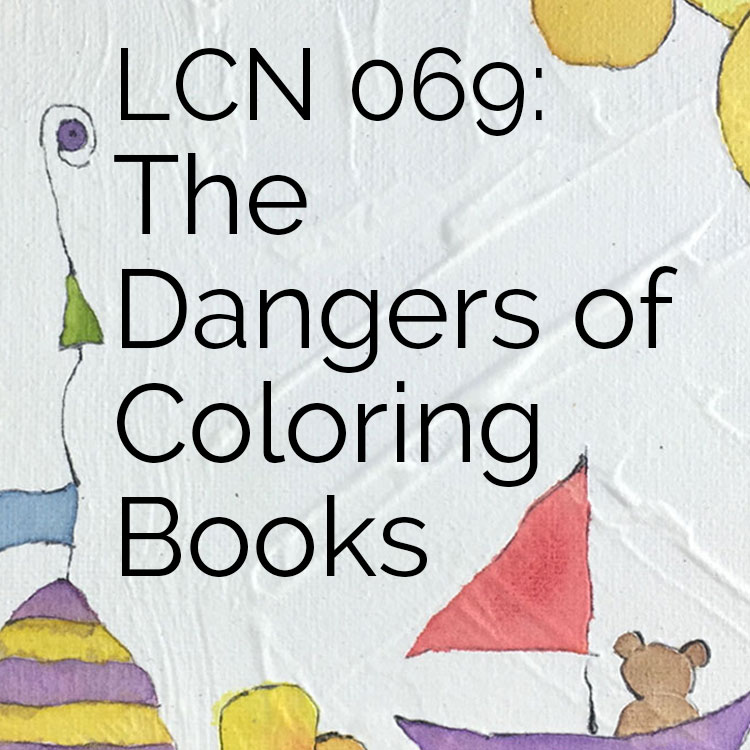
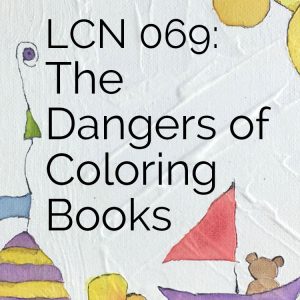 My Creative Sandbox Community members have been up to something pretty cool that I’m excited to share with you:
My Creative Sandbox Community members have been up to something pretty cool that I’m excited to share with you:
We’re producing an adult coloring book!
As I wrote in the book’s introduction,
This book is a labor of love and courage, a collaborative project and gift to you from seventeen members of a very special group: the Creative Sandbox Community.
It’s a labor of love, because we are selling the book at cost—none of us is making a profit from our work. It was a fun project for us to undertake, and it feels good to be able to gift our creativity to you.
It’s a labor of courage, because sharing creative work can be scary, even for self-defined artists, and not everyone who contributed would define herself as an artist!
Those who contributed despite their fears did so because inside the Creative Sandbox Community we practice creative courage. We do this, first, by sharing our creations inside our private Facebook group—artwork, writing, music, and anything else we create. Even inside this safe container, sharing creative efforts can be scary at first, but the way to get over fears is to do the very thing that scares you. And here’s a secret: the more you do something, the more normal it becomes. [Click to tweet!]
Eventually, sharing inside our sacred space on Facebook starts to feel easy and normal, which means it’s time to seek out bigger pastures—like this book.
And yikes! That’s scary, because it’s new.
But we encourage and champion each other, and I specifically set up this project as an opportunity for each of us to practice imperfectionism: forgiving ourselves for being human. I’m thrilled that these seventeen members all decided to contribute, in spite of any fears. That is creative courage at work.
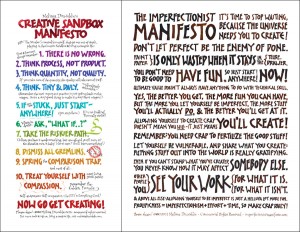 Get the Poster!
Get the Poster!
It’s a colorful, hand-lettered version of my Imperfectionist Manifesto, combined with my Creative Sandbox Manifesto, so you get two posters in one!
It’s ready for printing and posting on your wall where you can consult it daily (I sure do!) Just click the link to download:
We’re at the final stages of getting the book laid out, and just starting to tackle the technical hurdles of dealing with ISBN codes, CreateSpace and Amazon, having a proof made, etc.
It’s a lot of work, and I will be SO glad when it’s done, and the book is out in the world for you to play with.
So why on earth would I title this episode “The Dangers of Coloring Books”?
What the heck is that about?
Well, here’s the thing: I have a lot of conflicted feelings about coloring books.
First off, I have to confess that although it can be meditative, coloring is not the thing that really excites me, personally. I’m much more excited by creating a design from scratch.
Two Phases of the Creative Process
As Jonathan Fields writes in his book, Uncertainty (aff), the creative process can be divided into two phases:
- The insight phase, where you’re connecting dots, making discoveries, and coming up with solutions; and
- The refinement/expansion/production phase (REP for short), where you’re, well, refining, expanding, and producing from an existing idea or design
Whatever you’re creating, you have to go through both of these phases to get to completion.
But here’s the thing: for each one of us, one of these two phases charges us up, while the other one sucks us dry. You might be really good at both, but it’s rare that both really energize you.
Me, I’m an insight gal.
This is why I’m so in love with improvisational art forms: they allow me to conflate the two phases together, so that I’m discovering at the same time that I’m producing.
On its own, production, or REP, sucks the life out of me. BORING!
This really hit home for almost twenty years ago when I made my first edition of artist’s books.
An Insight Gal Gets the Life Sucked Out of Her
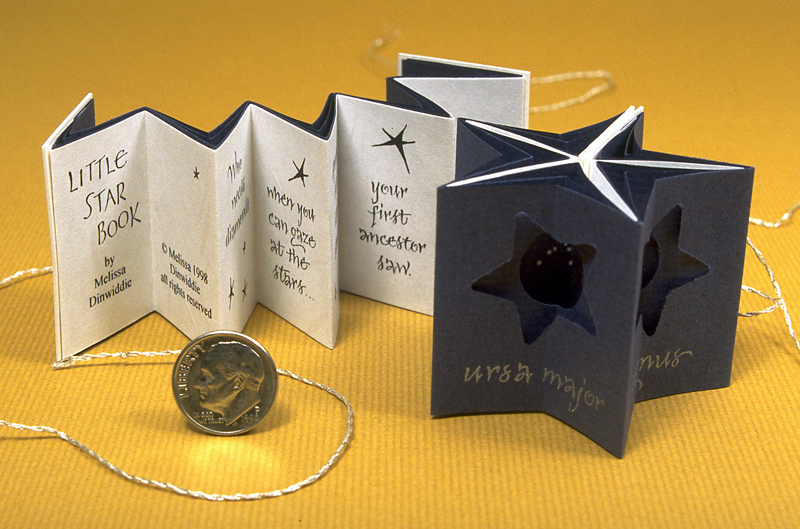
This was maybe 1999. I was in a class with the late Shereen La Plantz, a book artist who never made an edition smaller than 300. So after I spent days figuring out the design — which took a lot of engineering and problem-solving — I figured I’d go easy on myself and make an edition of 100.
Big mistake!
After assembling the first few, and working out a system to make the binding as efficient as possible — which was in itself an interesting problem to solve — I got bored.
Really bored.
I think I bound maybe 80 altogether over the years, but I practically wanted to gouge my eyes out from boredom.
I want to be creating!
What This Has to Do With Coloring
So back to coloring books.
There is, of course, a lot of creativity and insight that goes into selecting what colors to use where, and when and how to blend them. But once the color scheme is figured out, it’s pure REP, and I want to get on to the next problem to solve!
Now this is not a global problem. Not everybody feels the same way I do. A lot of people are REP folks, and for them, coloring is probably deeply satisfying.
The problem I have with coloring books leaped into the forefront of my consciousness just the other day, when I was Facetiming with my 6-year-old nephew and his mom.
My nephew was excited to show me some art that he’d made, including a couple of coloring pages, and my sister-in-law shared that he’d said, of one of the pieces, “Doesn’t this look like an adult did it?”
“Doesn’t This Look Like an Adult Did It?”
This really disturbed me, because I remember being that age, at that stage in life where you’re starting to compare your work with other people’s work, and for me it was a slippery slope from there to comparing my work negatively all the time, and ultimately stopping making art entirely, thanks to the Comparison Trap.
For kids, coloring books can be great for training small motor coordination and technical facility, which is great. But it’s all too easy for the focus to become all about technical execution — doing it “right.”
This is particularly true if the design represents a real scene or object. The game then becomes finding the most realistic colors in your box of markers or crayons, and staying inside the lines.
Again, learning that technical facility is great, but it comes with a dose of training in conformity, doesn’t it? And I have conflicting feelings about anything that trains kids to conform, to do it just like everybody else did it, to always stay within the lines (which sounds a lot like always thinking inside the box).
It’s not that coloring books aren’t allowing kids to be creative, it’s that the creativity they foster is limited.
What About Adults?
Now let’s talk about adult coloring, which I’m also conflicted about.
First, I should say that if coloring gets someone started with creative expression, that’s definitely a good thing. Where I have a problem is that I see a lot of colorists stuck there: “I’m a colorist, not an artist.”
I should also say that what some colorists are doing in the realm of adult coloring is awe-inspiring. It’s really a fabulous form of collaboration, an artistic skill in its own right, and there’s nothing wrong with that.
Besides, some people are much more energized by the REP phase of the creative process, and whether they get jazzed by coloring, or bulk addressing envelopes in calligraphy (another REP phase task that makes my skin crawl), or anything else, who am I to tell them they shouldn’t hang out there, or that the insight phase is somehow superior?
Just because I prefer to be in the insight phase does not mean everyone should!
In fact, perhaps coloring draws (no pun intended) REP phase creatives! Maybe that’s a form of art creation that fits them most comfortably, and nothing’s wrong with that.
What’s important to me, though, is that people not feel stuck there, like anything else artistic is out of the range of possibility for them.
And/or that coloring in a particular fashion (skies are always pale blue, trees are always green, and coloring outside the lines is a disaster) is the only option available to them.
 Get the Poster!
Get the Poster!
It’s a colorful, hand-lettered version of my Imperfectionist Manifesto, combined with my Creative Sandbox Manifesto, so you get two posters in one!
It’s ready for printing and posting on your wall where you can consult it daily (I sure do!) Just click the link to download:
Breeders of Perfectionism
My other big concern about coloring books is that they can be breeders of perfectionism.
Yes, they’re great at getting experience with how colors interact, and training small motor skills as we learn to wield a pen or crayon and stay inside the lines, but they reinforce staying inside the lines as the ultimate value.
Again, this is the opposite of creative, out-of-the-box thinking.
Staying inside the lines can become such an intense focus that any straying beyond the lines feels like a massive failure.
My best friend, when she was a kid, actually used white-out correction fluid to cover up the marks that went outside the lines. For her, coloring books became a flog with which to beat herself.
They were painful “proof” that she was not an artist, and she bears those creativity scars to this day.
But coloring inside the lines of a coloring book is not a valid indicator of whether someone is an artist.
How many people end up like my friend, though, convinced that art is not for them, because they couldn’t stay perfectly inside the lines?
This breaks my heart!
Coloring Books Don’t Hurt People, People Hurt Peopls
Now, to be clear, I’m not saying — nor do I believe — that coloring books are by themselves to blame. They can, however, play right into already existing perfectionist tendencies.
What’s the answer?
Certainly not banning coloring books! They give millions of people so much joy and pleasure. And they can act as a “gateway” art, a non-intimidating way to get people started with artistic tools.
This is great!
Some people may never go any further, content to color other people’s designs, and there’s nothing wrong with that. But my hope is that some people will be inspired to try other forms of creative expression, and maybe create from scratch.
Art can be abstract, weird, even messy looking. And I love creating art that makes people think, “Hey, I could do that!”
Summary
So, to sum up, I have conflicting feelings about coloring books. And I’m publishing one very soon.
I hope that you’ll buy it (remember, it’s going to be published at cost!), and I hope that it will inspire you to go beyond the lines.
 Get the Poster!
Get the Poster!
Quotes In this Episode
The more you do something, the more normal it becomes. (Click to tweet!)
Resources In this Episode
Uncertainty: Turning Fear and Doubt into Fuel for Brilliance (aff), by Jonathan Fields
Books by Johanna Basford (aff):
Secret Garden: An Inky Treasure Hunt and Coloring Book
Enchanted Forest: An Inky Quest & Coloring Book
Lost Ocean: An Inky Adventure and Coloring Book for Adults
Shereen LaPlantz books (aff):
Cover to Cover 20th Anniversary Edition: Creative Techniques for Making Beautiful Books, Journals & Albums
The Art & Craft of Handmade Books
Thanks for Listening!
Thanks so much for joining me this week. Have some feedback you’d like to share? Leave a note in the comment section below!
If you enjoyed this episode, please share it using the social media buttons you see at the bottom of the post.
Also, please leave an honest review for Live Creative Now on Tunes! If you’d also like your voice to be heard on the show, leave your question as a voice message right here.
And finally, don’t forget to subscribe to the show on iTunes to get automatic updates.
Subscribe in iTunes | Subscribe via Stitcher
Now go get creating!

PS — Pssst! Know someone who might benefit from seeing this today? Pass it on!
 Get the Poster!
Get the Poster!
It’s a colorful, hand-lettered version of my Imperfectionist Manifesto, combined with my Creative Sandbox Manifesto, so you get two posters in one!
It’s ready for printing and posting on your wall where you can consult it daily (I sure do!) Just click the link to download:

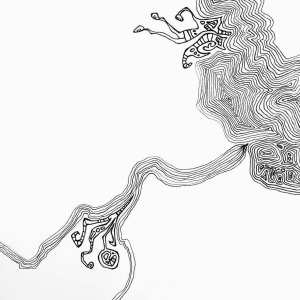
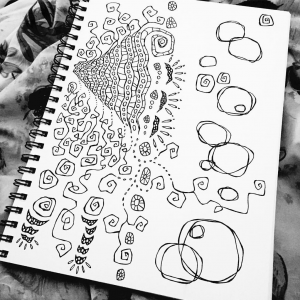

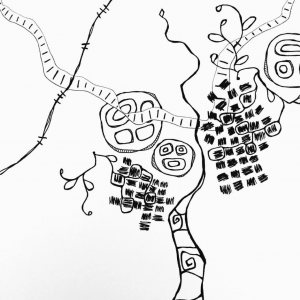

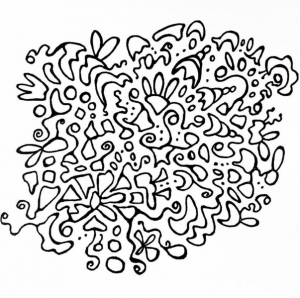
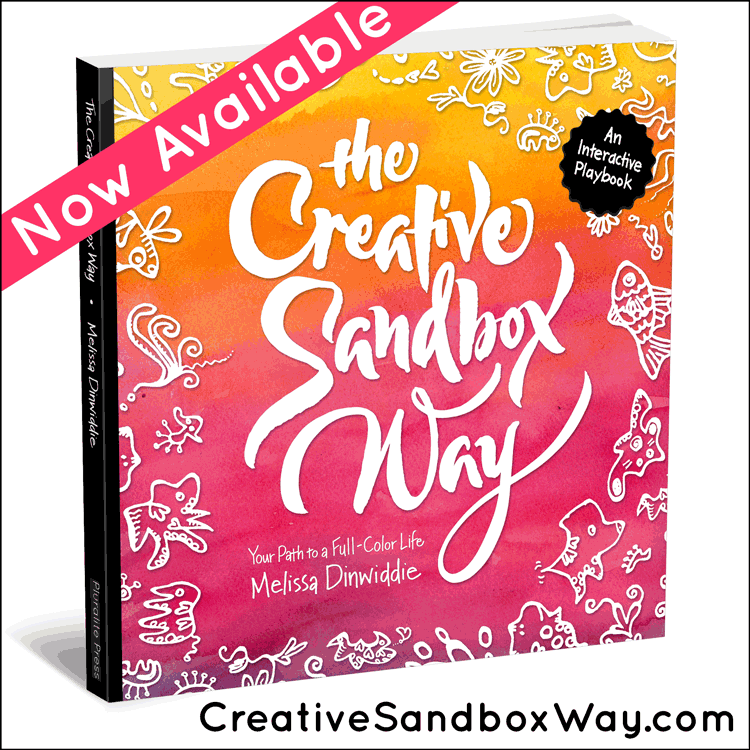
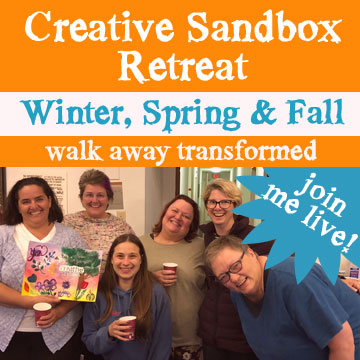
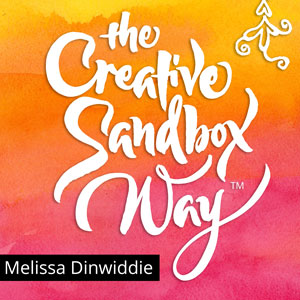

Leave a Reply